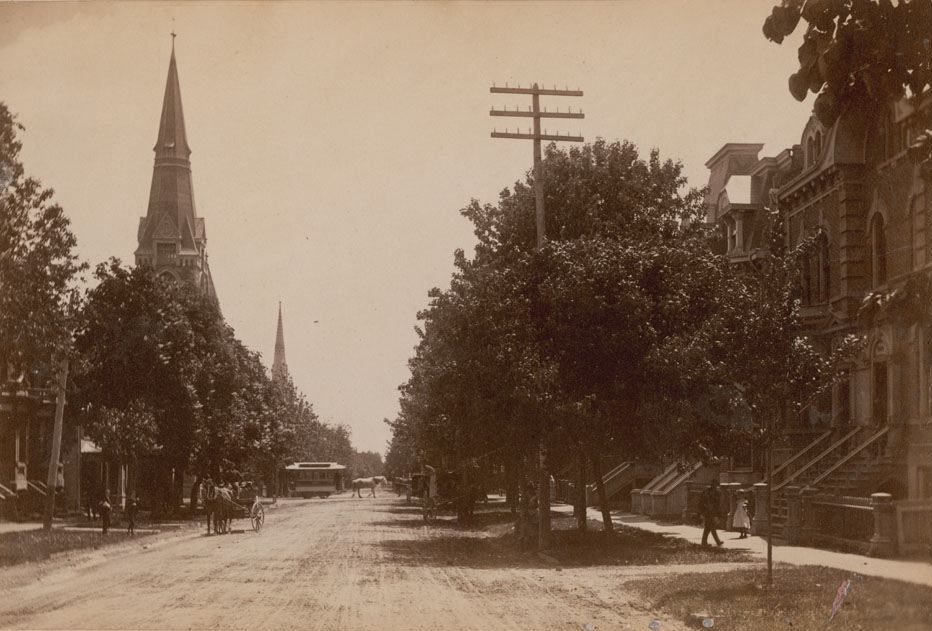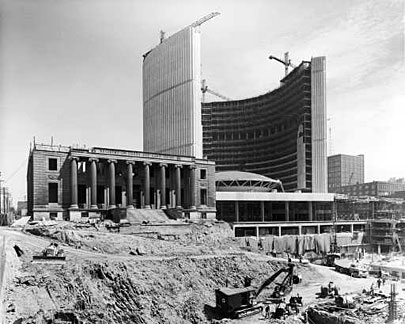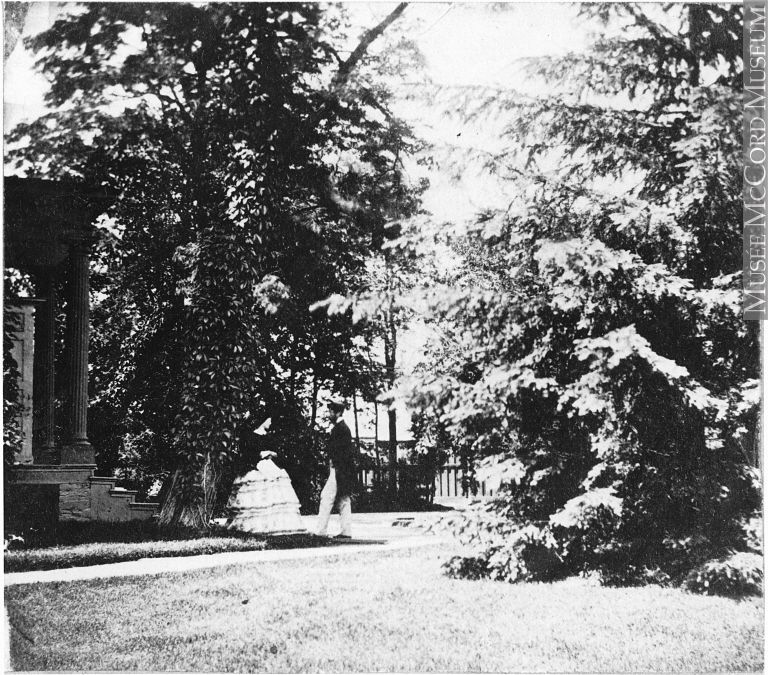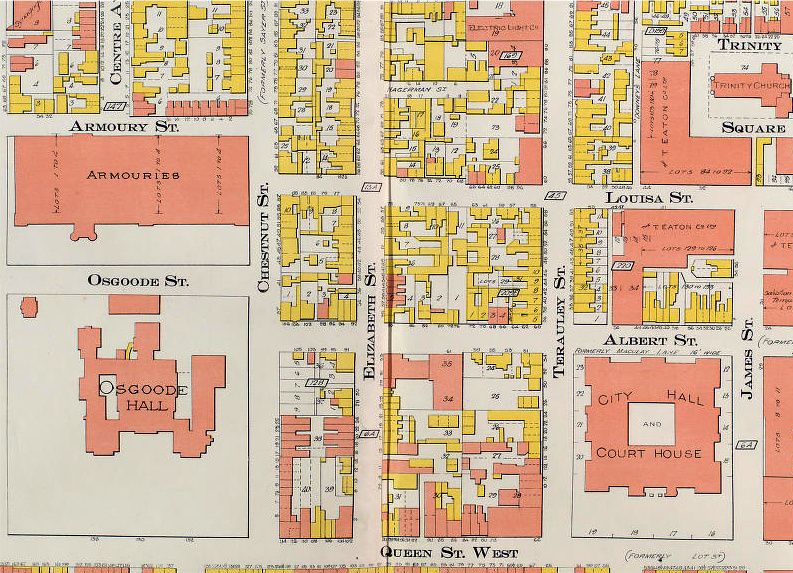LowPolygon
Senior Member
this is one of my all time favourite photos of lost Toronto. a typical street corner in the Ward on May 15 1912. the buildings slated for demolition....
the photo has a really beautiful wide angle kind of look. i love the yiddish letters painted on the glass window of the storefront, the hand painted Coca-Cola sign and the early printed movie and theater posters. also, i don't know when electricity came to the Ward, but i would imagine that those hydro poles hadn't been there all that long....
based on the length of the shadows, it is either early in the morning or early evening. i love the difference in the posture of the children; the girl nervously looking at the camera, and the boys further off, one with a cocky stance, arms folded across his chest.
i love it when there is an exact date on an old photograph. it reminds you of how history is just a succession of days; days that are made up of mornings, afternoons, evenings and nights; and how each one pretty much like the next--century in, century out.
in this case, it makes you realize that one spring day, 98 years ago, those forever unnamed children (now almost certainly dead) stood there in that long gone spot, staring at a man with a camera....

the photo has a really beautiful wide angle kind of look. i love the yiddish letters painted on the glass window of the storefront, the hand painted Coca-Cola sign and the early printed movie and theater posters. also, i don't know when electricity came to the Ward, but i would imagine that those hydro poles hadn't been there all that long....
based on the length of the shadows, it is either early in the morning or early evening. i love the difference in the posture of the children; the girl nervously looking at the camera, and the boys further off, one with a cocky stance, arms folded across his chest.
i love it when there is an exact date on an old photograph. it reminds you of how history is just a succession of days; days that are made up of mornings, afternoons, evenings and nights; and how each one pretty much like the next--century in, century out.
in this case, it makes you realize that one spring day, 98 years ago, those forever unnamed children (now almost certainly dead) stood there in that long gone spot, staring at a man with a camera....

Last edited:











